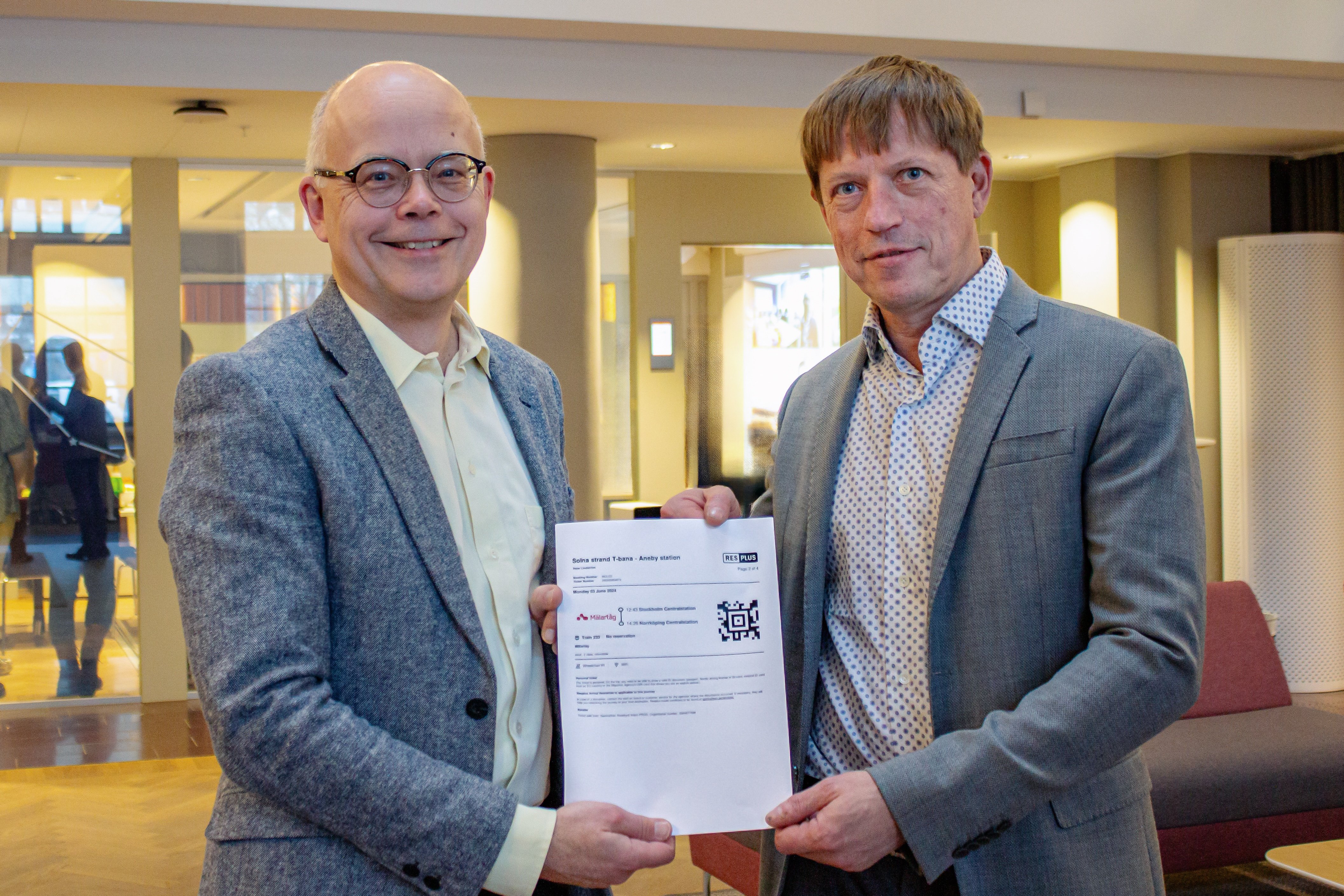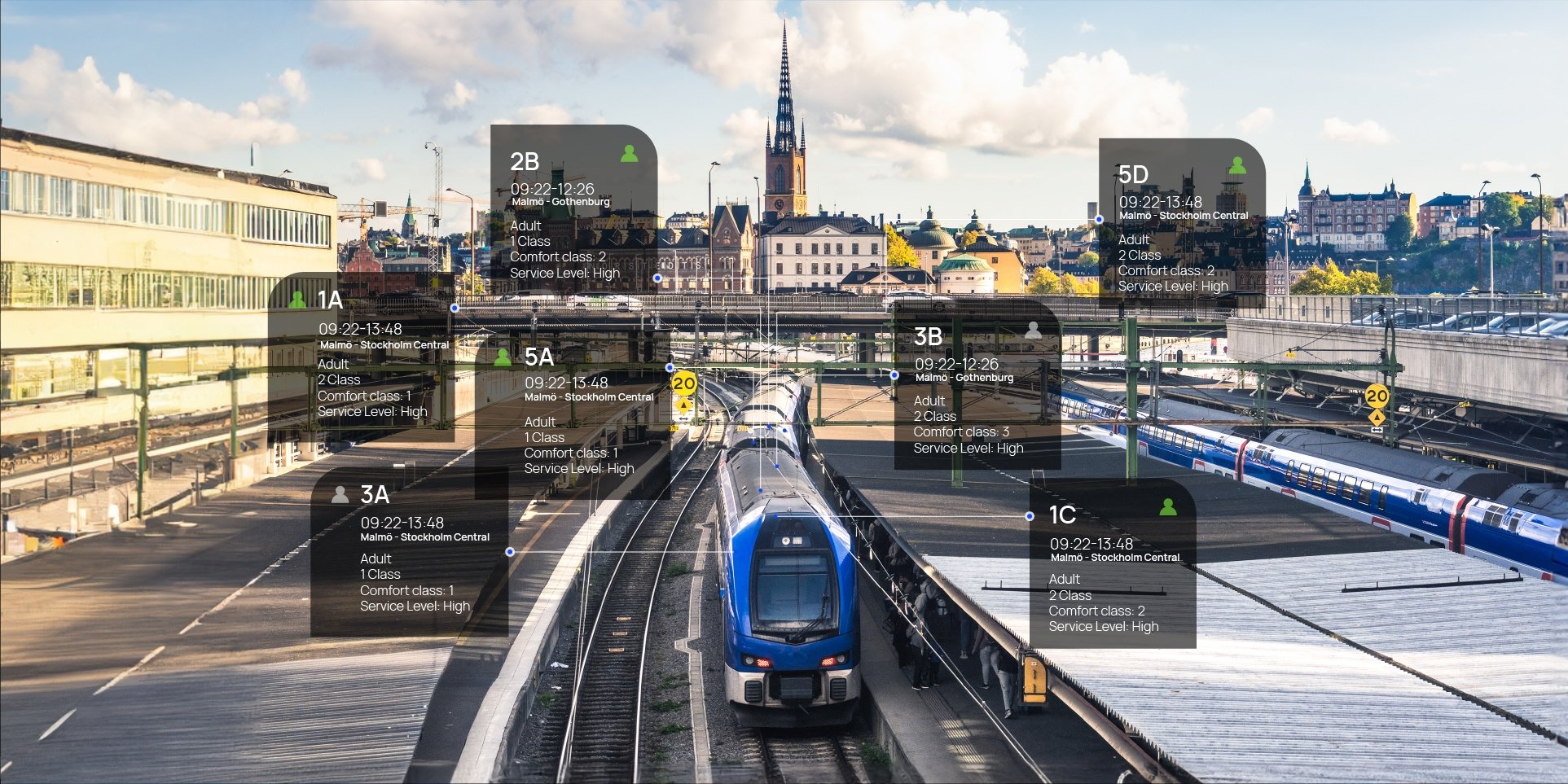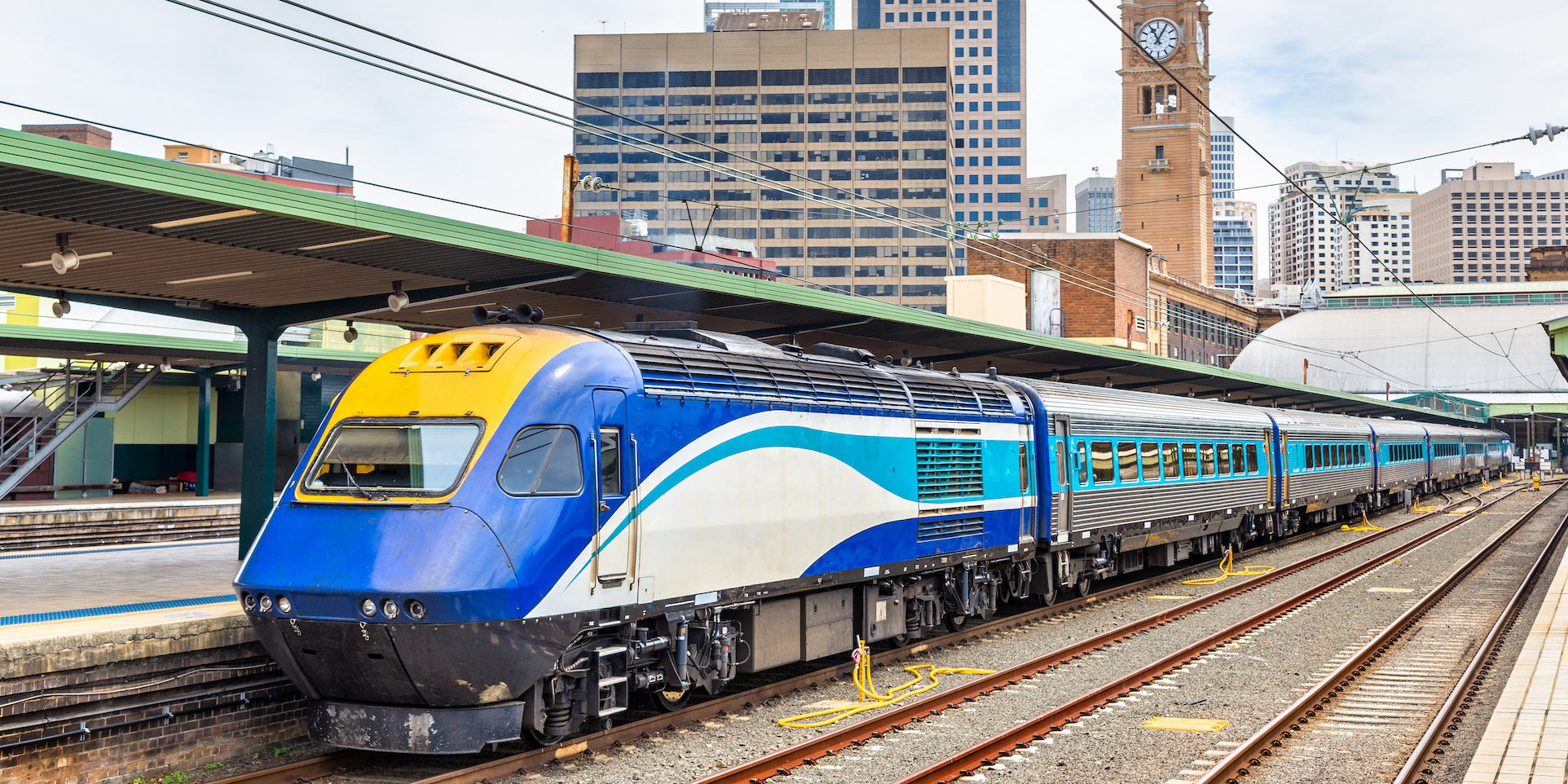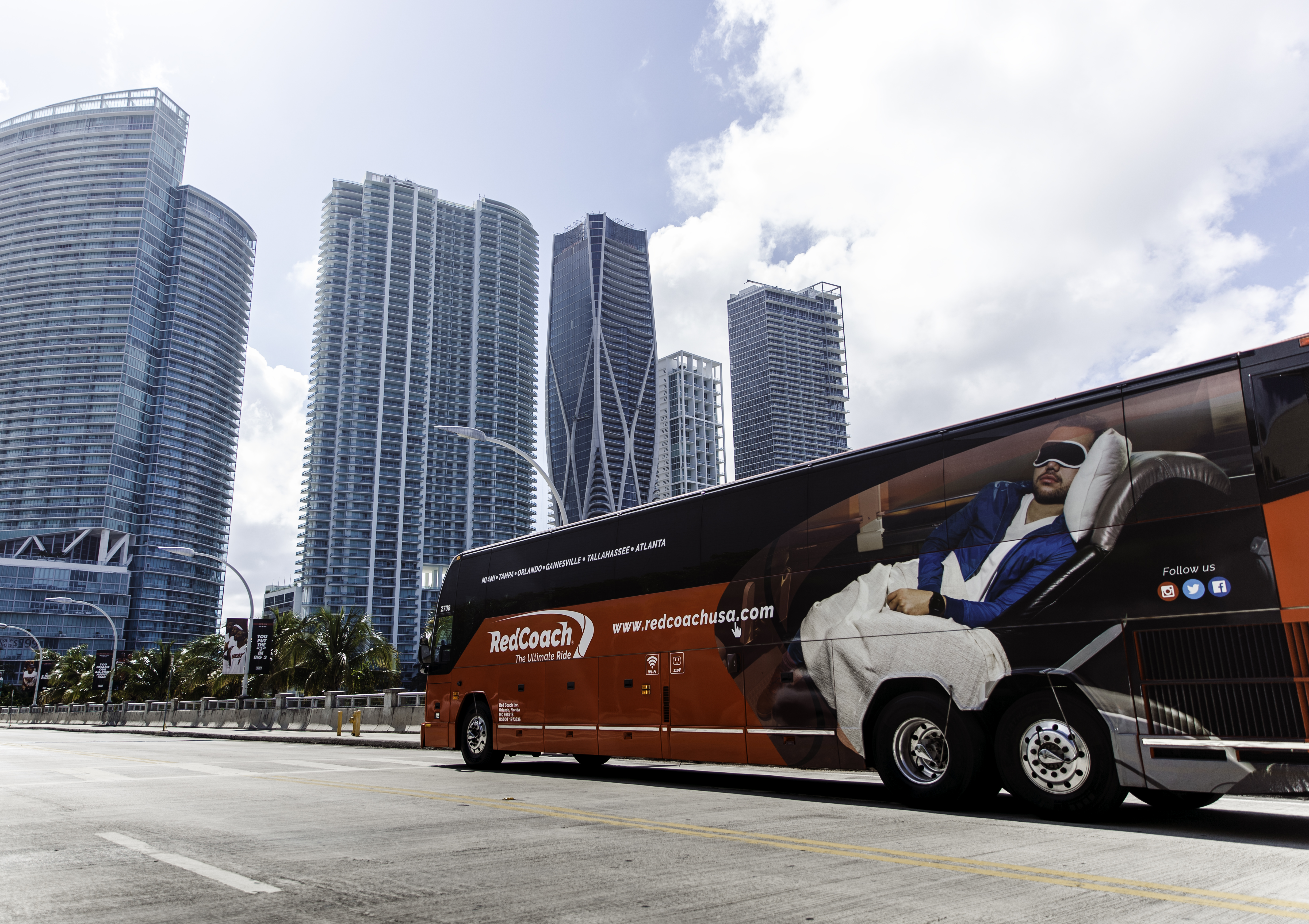6 Things to Know When Building a Loyalty Program for a Bus Operator

According to different studies, finding a new customer can be 5-25 times more expensive than keeping an existing one.
Thus, keeping customers is very valuable to all businesses and intercity bus operators are not an exception. Loyal customers spend more and often.
They also serve as a marketing tool, which many regard as one of the most useful one – word-of-mouth marketing. Loyal and happy customers tell their family and friends about their positive (also, negative) experiences with a brand, which in turn brings in more loyal customers.
In highly competitive industries, like the intercity bus industry, having loyal customers is a must. And loyalty usually is encouraged with loyalty programs, which give rewards for using services or buying products.
In turn, you get to really know your customers, their intricate preferences and travel habits. It goes without saying that such data bears a golden value for any company, as long as they obey the GDPR and other privacy laws.
But what are the key components of a loyalty program for intercity bus companies? What do you have to keep in mind when building one?
1) In-House or External Partnership Programs
The first decision you have to make when building a loyalty program is choosing between an in-house or external partnership program.
The term „in-house“ is used for loyalty programs that are used only within a specific company.
Things to keep in mind with an in-house program:
• In-house loyalty programs associated with a specific company enable clearer branding and marketing. The customers acknowledge that you are behind the loyalty program and choose your services knowingly.
• In-house programs are usually most beneficial for bigger companies. As a small operator, having an in-house loyalty program could result in below average results.
The clients might not feel that they receive enough benefit compared to the effort they make to register and follow the loyalty program’s rules.
• Creating another (in-house) program will be an addition to the already endless list of loyalty programs. For example, in North-America, the average consumer is involved in 14 programs but has the capacity to engage with only seven. Thus, adding another low-benefit loyalty program to the list might not end up in actual loyalty from the customer.
External partnership loyalty programs, on the other hand, are shared by multiple companies that offer it to their clients.
Good examples of such shared programs are the airline’s own loyalty programs like Eurobonus (SAS), Miles & More (Lufthansa) and PINS (Air Baltic). The latter is used by 700 companies from different industries, including intercity bus operator Lux Express.
Things to keep in mind with an external partnership loyalty program:
• Partnership loyalty programs are very beneficial for cross-marketing. For example, the points collected from a hotel stay can be used for travelling by bus, etc. Such co-operation creates extra value, which in turn increases loyalty.
• They usually involve more complicated business rules to harmonize the loyalty system across different partners.
• There usually must be some level of technical integration to a server where to report the points and from where to inquire the loyalty status.
When choosing which way to go, you should take into account who make up the core of your clients. Are they rather ad hoc passengers or frequent commuters? For the latter, in-house loyalty programs might be more relevant.
2) How Loyalty Is Measured?
a) Collecting points – This is the most common way to measure loyalty. Travellers earn points for buying tickets or miles travelled.
Usually, customers work towards a certain amount of points to collect, which are then redeemed for:
• Discount on products provided by the loyalty program owner.
• Service upgrade or
• Reward from a partner company.
Points system can be combined with a level system to personalize and incentivise loyalty even further.
b) Level system – A popular system in the airline and hospitality industry. Customers usually have to use the service for a certain amount to reach a higher level.
For example, you have to travel by bus ten times to reach the lowest level of the loyalty program. The higher you reach, the better the rewards get.
c) Immediate reward – Customer just has to join the program to get the reward. Although it’s is the easiest way to “buy” loyalty, it might backlash amongst frequent customers as they are treated just as equally as the ones that joined the program for one-time discount or reward.
Additionally, there is a high possibility that clients will not even remember that they are part of a loyalty program (as the quick reward has been already achieved), making it harder to justify the goal of the program.
One more aspect to take into account in “gathering” loyalty is to introduce an element of contest or gamification. For example, an operator might create a contest between passengers to gather as many miles as possible during a certain period.
It goes without saying that with such contest, the reward should be significantly incentivizing. But when executed and advertised well enough, such approach will be rewarding both from brand recognition and loyalty point of view.
3) How to Identify the Membership of a Loyalty Program?
a) Physically
- A plastic card - A very popular way to identify one’s loyalty program membership but thanks to its popularity and fragmentation, customer’s wallet is probably filled with plastic cards. Thus, creating rather a negative attitude toward such loyalty programs.
- QR code – An alternative to plastic cards. Thanks to its maturity, it is quite easy to implement a system that identifies members through a QR code.
Applications used by check-in personnel ease the detection of loyalty based on QR codes.
It’s also possible to merge the loyalty level and specific ticket QR code, streamlining the check-in process even further.
b) Digitally
- An account – The provider of the loyalty program uses an account-based system where a user logs in using their personal account.
That account is used to identify the membership of the customer. Also, it is possible to record data about the preferences and other valuable information.
This will be beneficial to both the customer and the company. The main advantage of an account-based system is that the account enables identifying loyalty in different channels with low effort.
- Digital tokens – Thanks to digital tokens, cookies, OAUTH (openAuthentication, which allows passengers to use their Facebook or Google log-in) or an app installation, the membership (and also account) is identified automatically without logging in.
This is in our mind the most modern and reasonable way to implement an omnichannel loyalty program.
4) What Should Be the Reward?
One of the most important characters in determining a successful loyalty program is the (perception of) reward the loyal customer receives for being loyal and incentivised to spend more with your company.
Let’s cover some of the most known ways to reward passengers:
a) Discounts – Loyal customers get discounted tickets. Easy, right? Not quite.
Although giving just a fixed discount to all the members of the program sounds easy, the value of loyalty of customers will increase with a more complex discount scheme with corresponding loyalty and incentive levels.
The reservation system used by the operator has to be agile enough to handle all those scenarios.
b) Upgrade to the service – Loyalty program members get better service than the ones that haven’t joined. For example, you get a better, preferred seat, waiting room, additional products (water, headphones, newspaper, etc.).
Yet, it’s clear that in intercity bus business such upgrades must be very honestly evaluated as upgrade options might not be the ones that passengers actually value.
Although today there are already operators on the market who provide upgraded business class seats within the same vehicle, especially in Latin American market, it’s still not a common practice.
Thus, provide upgrade reward ONLY if passengers really value it.
c) Offers from other loyalty program partners – If discounting your product for loyal customers is too costly (and let’s be honest, intercity bus operations are a low-margin business) but upgrading won’t provide enough reward value, it might make sense to partner with a joint loyalty program.
Such programs would be able to reward your loyal customers beyond your own product. For example, when travelling by bus, you get a discount on follow-up taxi trip or public transport, etc.
5) What do you have to look out for?
a) Loyalty rewarding shouldn’t become a norm among customers. Receiving rewards shouldn’t be too easy, otherwise, everyone will be a member without real loyalty towards the company.
One way to prevent this is by building a program that is consumption-based instead of just giving rewards for joining the program.
b) On the other hand, effort shouldn’t be also too high. There has to be a right balance between effort and reward.
If the effort to get the reward is high but the reward itself is very small, then it can be very demotivating for the customer. Would you use the company’s service when they don’t value their loyal customers? Be as generous as your customers!
c) Managing and understanding the program shouldn’t be complicated both for you and the customer. It has to be clear how to collect loyalty levels and how the rewards apply so that the customer can easily appreciate the value of their loyalty.
d) Loyalty programs should be the advantage of your company’s sales channels. Thus, you should seriously evaluate, whether it makes any sense to provide loyalty outside your own sales channels.
If you add up the cost of resellers commission and additional loyalty reward, it might become too expensive.
6) Loyalty Peculiarities in the Intercity Bus Industry
a) One of the specificities of travel-related loyalty programs is potentially widespread business rules which define the loyalty levels.
As one example, some operators could operate trips on short, medium, and long distances, which means using a number of trips to define loyalty, might not deliver the most accurate outcome.
On the other hand, the array of ticket products with specific cancellation and modification rules might complicate the loyalty scheme further. When building your own loyalty scheme, you have to account for the real benefit and logistical complexity.
b) The margins in the intercity bus industry usually tend to be thin compared to airlines or hotels. Thus, the rewards of the loyalty program have to be well planned.
On one hand, insignificant discounts don’t trigger loyalty, yet on the other hand, the value of upgrading the service is low because different seat classes are not yet widespread in the intercity bus industry.
As a result, bus companies that are using their own loyalty programs, often overestimate their customer’s real loyalty. Instead of benefiting from such a program, they give away money through discounts without gaining anything in return.
Conclusion
Well-executed loyalty programs are one of the key components for a successful operator. Loyalty programs offer better customer retention, more referrals, and above all, better cost efficiency. So, they are definitely worth investing in but you have to be smart about it.
Understanding who is your customer, what segment they represent and what are their preferences, but also evaluating the technical limitations for your loyalty program in your reservation and CRM tools is paramount to building a better and beloved intercity bus service.







